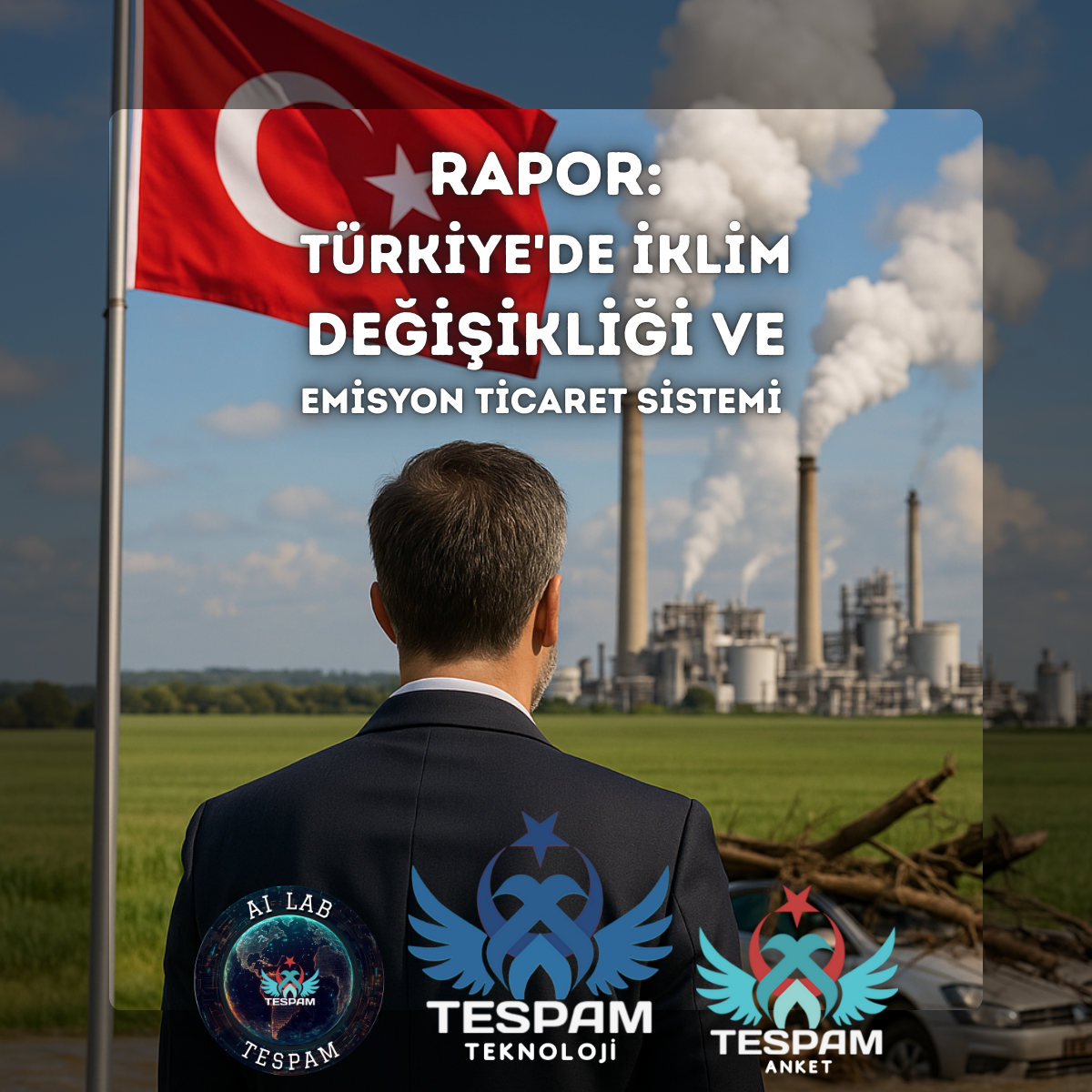
Dr Cyril Widdershoven
Email: cwiddershoven@hotmail.com or cyril.widdershoven@verocy.com
The role of hydrocarbons in the energy mix of Turkey is still very high. Even that Ankara has set up a major investment spree the coming years, projected to attract around 141 billion euros by 2025, the impact of oil and gas prices is still detrimental to its overall budget.
At present the Turkish economy is fighting an uphill battle, as it is confronted by a depreciation of the Turkish lira, while at the same time global oil prices have increased too. As the country is still relying for a vast amount of its energy supplies on imports, the current expenditure for energy is staggering. Increased global oil prices, which have been pushed upwards by increased tension in the Middle East, a lack of global investment the last years in upstream, and higher global demand for crude and petroleum products, have come at a time that Ankara is looking at a fledgling economy. With inflation at around 11% per year, a current account deficit of almost 5% of GDP, urban employment said to be around 13%, and a depreciating currency, the economic short term future doesn’t look very promising. If it is not already enough, Turkey’s growing economy also is confronted by increased prices of metals and minerals.
Turkish president Erdogan’s strategy to make his country the main energy hub for Europe is still on track. However, more needs to be done to confront increased demand for hydrocarbon domestically not to fall in a trap that lots of countries have experienced before. Even that major energy projects have been and will be put in place, at present the country is still very dependent on energy imports, largely oil and gas (pipeline and LNG). Global markets are now putting Turkey’s economic plans under pressure as the bills are increasing very quick, while the purchasing power of the Turkish lira is negatively affected by the latter’s depreciation. Analysts have been putting a lot of attention on Turkish gas projects and import plans, but at present crude imports are playing a possible pivotal role.
The last six months Turkey has been looking at an increased bill for oil and other commodities, as the effects of low investments the last 5 years in oil and gas worldwide are starting to bite. Demand worldwide is up for hydrocarbons, as Asian economies are still on track, China and India are showing a healthy appetitive for oil, while even Europe has shown demand increase, first time since 5 years. At the same time, Middle Eastern issues have put a major political risk premium on oil and gas. The unexpected impact of the Kurdish referendum, which has led to a military operation against the KRG, while Iran’s overall proxy war posture is continuing in Syria, Yemen and Iraq, has put Arab producers on edge. Several reactions have been shown in the GCC region, especially the belligerent tone from Saudi Arabia, UAE and even Egypt, doesn’t bode well for the foreseeable future. In addition to an outright ‘act of war’ diplomatic response by several Arab states in reaction to Iranian support for Houthis (Yemen) and Hezbollah (Lebanon), they have upped the ante by threatening military action against Hezbollah in Lebanon, while indirectly addressing the latter’s actions also in Syria and Iraq. A further destabilization in the region would for sure increase oil and gas prices by $5-10 per barrel, while an outright war could push oil above $80 per barrel within seconds. For Turkey, not only oil is a precious commodity, its dependence on pipeline natural gas and LNG is even more worrying. The KRG issue could constrain Iranian supplies, while an escalation in the Arab/Persian Gulf could engulf Qatar at the same time. The latter is currently Turkey’s main LNG supplier.
Since the end of 2016 crude oil prices have shown an increased tendency to go up, showing an increase of around $20 per barrel since November 2016 ($44). This represents an increase of nearly 48% over 12 months. In addition to the advent of winter, a potentially stronger global growth trend could sustain the pace of the rise.
As Turkey at present imports around 25 million tons of crude per year, in comparison to its own local production of 2.6 million tons, the bills are staggering. The latter is even being supported by increased gas imports, as the country imports around 46.4 bcm per year, in comparison to 400 million cubic meters per year local production. This will be even more if the two new FSRUs being put in place the coming weeks, which will boost LNG import volumes. When all these deals were put in place, the Turkish currency was not yet hit by a large depreciation issue. Since the last 12 months, the Turkish lira has depreciated around 12% against the US dollar, which is still the main denomination of oil and gas contracts. As some analysts have been warning lately, the impact on Turkey’s oil bill alone is scary. Latest figures show that Ankara’s oil import bill has increased by 36.5% in the last 10 months, going up from $22 billion in January to $30 billion at present. Looking at the current budget deficit, the oil (and gas) import bills are causing more than half of the increase in 2017. It also had a negative effect on prices, pushing inflation up further (currently at around 11.9%).
The latter picture becomes clear when looking at the current energy mix and production situation of the country. In 2017 primary energy consumption is largely natural gas (31%) and crude oil (30%). To counter this, Turkey has not yet the capabilities as it has no real reserves available for hydrocarbon production. The reliance on foreign supplies is about 98% for natural gas and about 91% for oil. Analysts have been warning for years that this constitutes a real economic but increasingly also a supply security risk.
As the Turkish economy has become almost totally dependent on secure energy imports, the latter should be addressed in full. The last years this has been partly snowed under as optimism, based on growing availability of LNG (Qatar) and natural gas via pipelines (Russia, Iran), took over. This picture has now been gradually changing to the negative. Russia’s gas exports are still not under threat, but other supply routes (and suppliers) are feeling the brunt of regional instability or outright confrontation threatening their oil and gas export capabilities the coming years.
When looking at the ongoing destabilization of the Gulf region, in which the confrontation between the Saudi-UAE led anti-Iran alliance is heading for full confrontation and Qatar has become a pariah too, oil and gas exports of these two countries to the global markets could be under severe threat. A full-out military confrontation is at present not yet visible, but Arab countries are planning to confront the so-called proxy military forces of Iran in other countries. Iran’s Islamic Revolutionary Guard Corporation (IRGC)’s support for Iraqi militia (Hashd), Hezbollah in Syria and Lebanon, and the Houthis in Yemen, are currently seen as a direct Iranian military involvement in anti-Arab moves. The majority of the Arab GCC countries, in cooperation with Egypt, are looking to make military moves against these proxies within the next weeks. This will block partly Iranian oil and gas export routes to Turkey.
The latter goes also for Qatar, which has been put under sanctions of the Arab neighbors, due to its support for the Muslim Brotherhood and perceived financing of terrorism in several Arab countries. Doha’s ongoing cuddling up to Tehran is seen by the other capitals as a sign of Qatar’s move towards an Iranian alliance. Ongoing discussions within the Gulf Cooperation Council, of which Qatar still is a member, show a tendency towards further confrontation or even a military move against the current regime in Doha.
These developments will have a detrimental effect on Turkey’s overall security of supply. Ankara doesn’t have yet the option to substitute part of its Qatar-Iranian imports via other parties. The in-depth cooperation between Turkey, Qatar and Iran, are not opening doors in the Arab world to fill these potential gaps. Regional supplies, such as possibly from Israel or Egypt, are also blocked due Turkey’s perceived pro-Iran-Qatar views and its ongoing support for the Muslim Brotherhood. On the short term, Ankara could be facing a shortage in oil and gas supplies, which could not be countered within weeks to come. If the Trump Administration also will be putting renewed sanctions on Iran and the IRGC, a wide range of other options will be unavailable also. By putting the IRGC on the terrorism list, as the US Congress wants, the majority of current Iranian-Turkish deals could be threatened.
Ankara will have to reassess its own situation and put more emphasis on new energy sources or supply routes. One of the most viable options, even that implementation will take longer, is to diverse its energy production. An energy outlook report published by Greek Institute of Energy for South East Europe (IENE) indicated already that Turkey is the leader in the region in terms of energy investment and demand. The IENE report shows the potential of Turkey in full. The multibillion investment spree, which is needed, will counter the Turkey’s growing energy demand. In the period of 2006 -2016 Turkey has invested already 10% of total FDI in Turkey, which was set at $145 billion. Energy investments by international companies in Turkey are set to amount to $15.7 billion from 2006 to 2016 in the country. In contrast to former decades, main investments current are already going to renewable energy projects, such as solar, wind, geothermal and biomass. Analysis shows that these are expected to reach 40 billion euros to 50 billion euros. The fund allocated to power generation with nuclear and thermal plant investments is projected to exceed 141.6 billion euros. The cost of inter-regional, mega energy investments total to more than $60 billion, the report says.
These new energy production options are needed, not only for the environment, global warming and other issues, but to confront Turkey’s growing instable security of energy supply. Alternative supply routes are currently hard to find, Ankara will need to put more energy in local stable energy production, such as wind, solar and nuclear. The latter seems to be the most easiest and less intensive. Renewables however could become a long-term option to be considered, without understanding that Turkish oil demand is still expected to increase the coming 30-35 years. For all of Europe, a fourfold increase of oil demand is expected in 2050, reaching a level of 220 million tons per year. Turkish oil demand is showing a 60% increase in that same period, leading the bunch. The costs of this development could be extreme, and bringing challenges to Turkey and its economy not yet foreseen fully.



Dr Cyril Widdershoven


